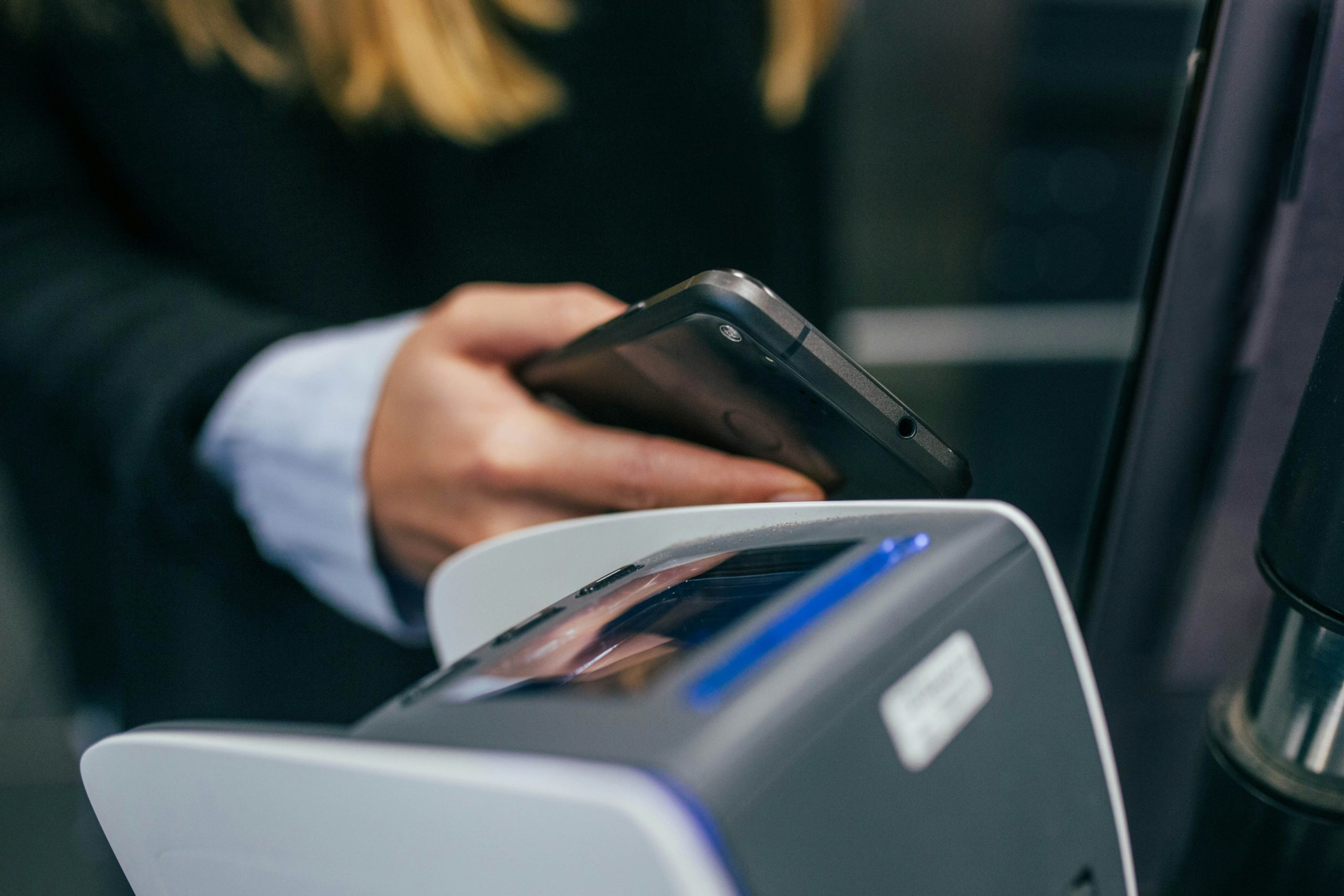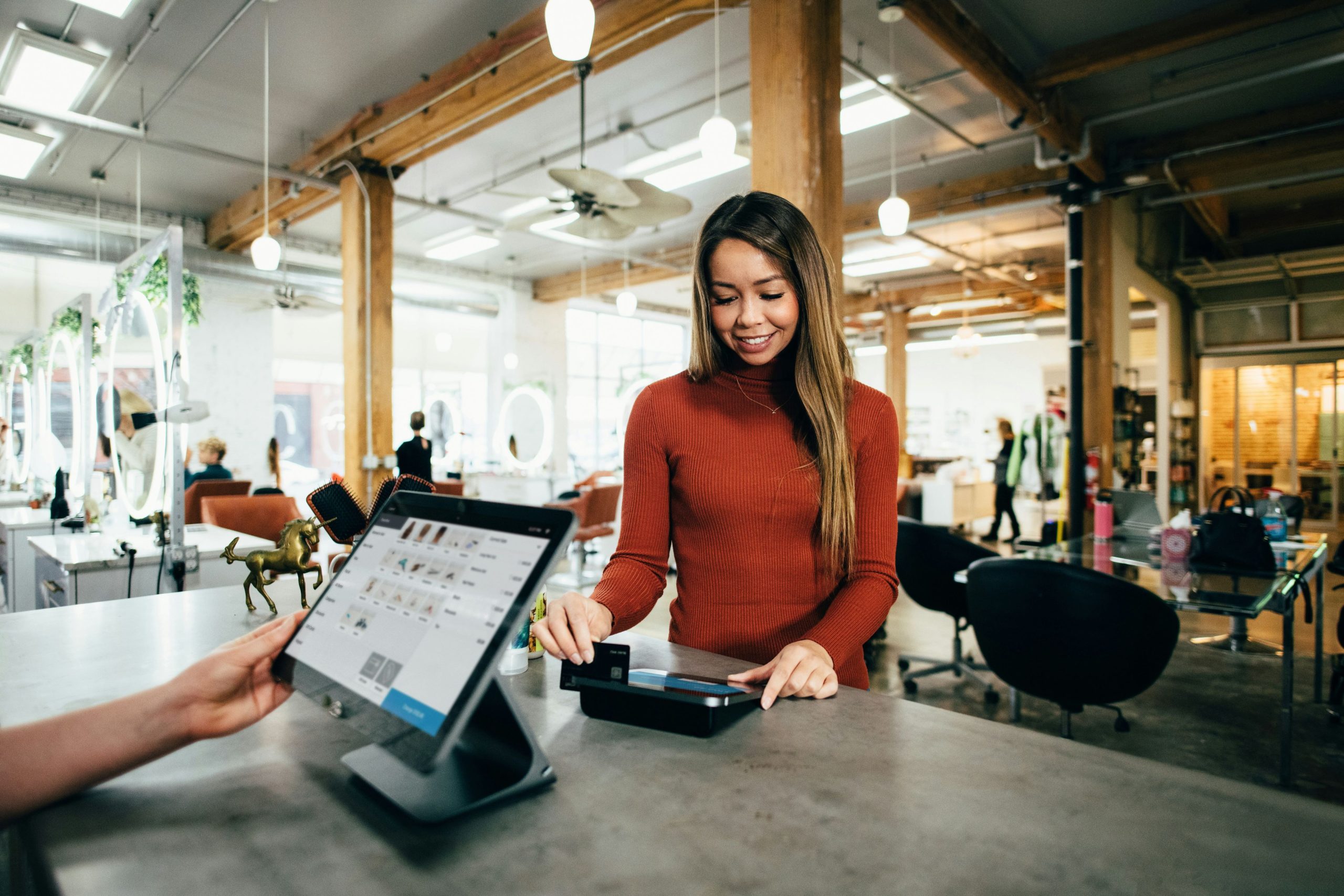Imagine you’re at the checkout, the anticipation of your purchase buzzing in the air, when suddenly, your heart sinks as you see those dreaded words: Payment Declined Due to Security Reasons. It’s a scenario that can turn an ordinary shopping trip into a frustrating puzzle. Why is this happening? Is it your bank trying to protect you from fraud, or could it be something more mundane like a simple typo in your card number?
In our increasingly digital world, where online transactions are as common as morning coffee runs, understanding why payments get flagged is essential. Security measures are designed to safeguard your finances against potential threats, but sometimes these protective barriers can be overly cautious—leading to legitimate purchases being halted mid-transaction. In this article, we’ll unravel the complexities behind payment declines and offer insights into how you can navigate these hurdles with ease. Whether you’re eager to complete that online order or simply curious about the mechanics of payment security protocols, let’s dive deeper into this perplexing issue and arm ourselves with knowledge for next time.
Common Reasons for Payment Declines
When a payment is declined, it can be frustrating, but understanding the underlying reasons can empower you to resolve issues quickly. One of the most common culprits is mismatched information between your bank account and the details entered during the transaction. Whether it’s an incorrect billing address or a typo in your credit card number, these discrepancies trigger security protocols designed to protect against fraud. Even minor errors can lead to significant delays in processing your payment.
Another frequent reason for payment declines is unusual spending patterns. Financial institutions constantly analyze consumer behavior, and if a transaction appears out of character—such as a sudden purchase from an overseas retailer—they may flag it as suspicious. This protective measure helps safeguard your finances but can also inconvenience you when legitimate payments are blocked unexpectedly. Therefore, alerting your bank about upcoming travels or intentional large purchases can preemptively mitigate these disruptions and keep transactions flowing smoothly.

Role of Bank Security Measures
Bank security measures play a pivotal role in safeguarding your financial transactions, acting as a formidable barrier against the ever-evolving landscape of cyber threats. One of the cornerstones of these measures is multi-factor authentication (MFA), which ensures that even if a malicious entity obtains your password, they cannot access your account without additional verification. This extra layer serves to bolster trust between banks and their customers, creating a sense of safety that allows consumers to engage in online transactions with confidence.
Furthermore, advanced algorithms scrutinize transaction patterns in real-time, flagging any anomalies that might indicate fraudulent activity. This proactive approach not only helps prevent unauthorized access but also educates users about their spending behaviors. When payments are declined due to these enhanced security protocols, it can be frustrating; however, understanding this process fosters greater awareness around personal finance management. Ultimately, bank security measures may seem burdensome at times but are essential for protecting our assets and ensuring that we can continue engaging freely in the digital economy.
Merchant-Specific Security Protocols
Merchant-specific security protocols play a crucial role in protecting both consumers and businesses from fraud and unauthorized transactions. Each merchant may implement unique measures tailored to their risk profile and customer base, which can lead to payment declines that catch consumers unaware. For instance, a luxury goods retailer may require additional verification for high-ticket purchases to mitigate the risk of chargebacks or stolen credit cards, while a subscription service might flag any sudden changes in payment behaviors, such as an international IP address attempting to access accounts.
Moreover, these protocols often utilize advanced machine learning algorithms that analyze transaction patterns in real-time. This means your legitimate purchase could be flagged if it deviates even slightly from your behavioral history—such as buying something at an unusual hour or trying to make multiple purchases in quick succession. Awareness of these intricacies can help consumers understand why they face declined payments and encourage them to review their own purchasing behavior or reach out directly for support, thus fostering a proactive approach towards managing online transactions amidst evolving security landscapes.

Importance of Accurate Payment Details
Accurate payment details are the cornerstone of secure online transactions. When your card information, billing address, or expiration date has even a minor discrepancy, it can trigger flags in the payment system designed to protect both consumers and merchants from fraud. These security measures act like a digital fortress around your financial data—while they may seem inconvenient at times, their primary goal is to ensure that every transaction is valid and authorized. Think of it this way: every tiny detail serves as a key element in a complex lock; if one piece is off, access is denied.
Moreover, ensuring accuracy transcends mere convenience; it fosters trust in digital commerce. In an age where identity theft and cyber fraud are rampant, providing precise payment details not only enhances approval rates but also strengthens customer relationships with businesses. A seamless transaction experience can significantly influence brand loyalty and customer satisfaction. If users consistently find their payments declining due to inaccuracies—whether it’s mistyped digits or outdated addresses—they’re more likely to regard e-commerce platforms as risky or unreliable choices for future purchases. Emphasizing meticulousness in managing payment details helps create a robust environment where customers feel secure while enjoying shopping without interruptions or frustrations related to declined payments.
How to Resolve Declined Payments
When a payment is declined due to security reasons, it’s essential to approach the situation with a clear strategy. First, reach out to your bank or credit card provider using the customer service number on their website. It’s surprising how often simple communication can lift the fog of confusion—sometimes, they may even lift the block immediately if you verify your identity and confirm that the transaction was legitimate.
Next, make sure your billing information is up-to-date. Discrepancies between what you enter and what your bank has on file can easily trigger security alerts. Additionally, consider enabling transaction notifications for real-time updates about spending activity; this way, you also become aware of any unexpected issues before they escalate into frustrating declines. Lastly, if repeated issues arise from a particular merchant or platform, it may be worth exploring alternative payment methods—using digital wallets or services like PayPal can sometimes bypass these roadblocks altogether while also offering an additional layer of security.

Conclusion: Navigating Payment Security Challenges
Navigating payment security challenges requires a proactive approach that balances convenience with robust protection. As consumers, we must stay vigilant about our digital footprints—regularly monitoring accounts and being aware of the latest scams can help mitigate risks before they escalate. Merchants, on the other hand, play a crucial role by investing in advanced cybersecurity measures and ensuring their systems are frequently updated to fend off evolving threats.
Moreover, embracing transparency can foster trust between consumers and businesses. When payment declines occur due to security protocols, clear communication helps customers understand these necessary safeguards rather than perceive them as obstacles. Innovative solutions like biometric authentication or machine learning-driven fraud detection not only enhance security but also simplify transactions, creating a more user-friendly experience without compromising safety. Ultimately, both consumers and merchants share the responsibility of navigating this complex landscape together—collaboration is key to creating a secure ecosystem where everyone feels safe transacting online.














